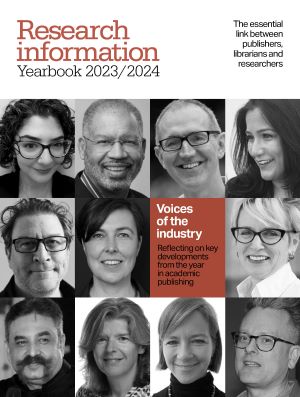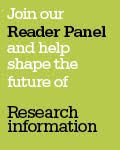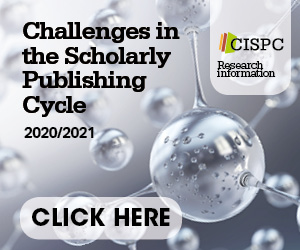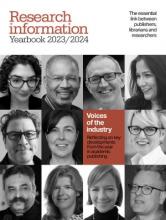Andy Richardson considers why publishers need to update their contracts, rights and royalties processes to make the most of e-book opportunities
Analysis & opinion
Pervasive barriers restrict women's participation in science and technology fields even in the wealthiest nations, says a new report. Susan Elan finds out more
Antoni Felguera and Marc Torrent report on a European project to help open up public data
Sian Harris spoke at last week's ALPSP conference about the challenges for science and technology journalists of accessing scholarly content. See her slides and read the transcript of her talk, including recommendations for publishers and researchers
In conversations at the Special Libraries Association meeting in July, Tom Wilkie heard a variety of views about the future of the learned journal
Academic libraries need to evolve to continue to meet the needs of their users in an open-access world, reports Sian Harris
Citations play a big part in assessing a journal's quality but what happens when many of those citations come from papers authored by that journal's editorial board? Paul Peters considers the need to establish guidelines for appropriate citation practices
With the annual ALPSP conference approaching, we asked Audrey McCulloch, the new chief executive of the industry organisation, three questions about how she ended up in scholarly publishing and the best - and worst - things about the industry
E-books still have a long way to go before librarians and their customers will be satisfied, reports Tom Wilkie from last month's Special Libraries Association meeting
The findings from five JISC-funded projects on mobile delivery are about to be shared with the academic community. Ben Showers says that they will highlight a much wider debate
During its annual meeting in Chicago last month, Tom Wilkie spoke to the Special Libraries Association's next president, Deb Hunt
When it comes to policy-making, teaching and research are still seen as two distinct worlds, but higher-education institutions are finding increasingly sophisticated ways of linking the two in the digital age, writes Amber Thomas






